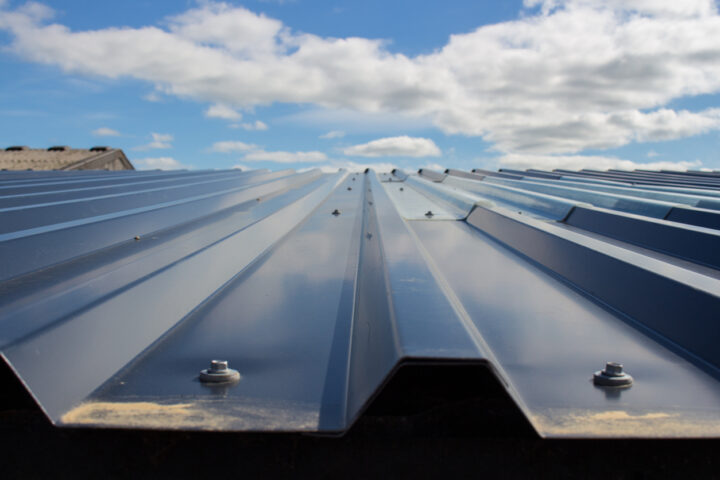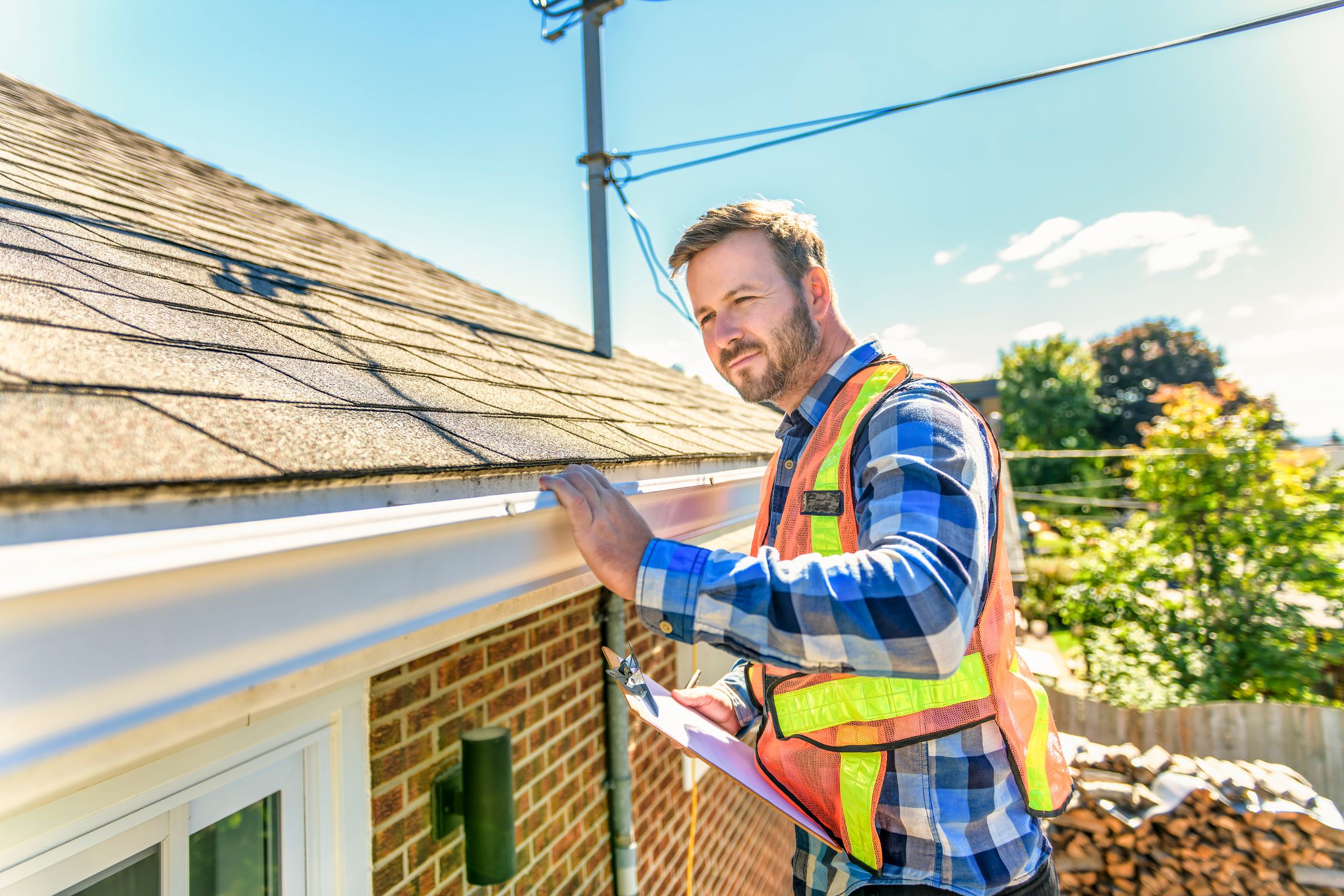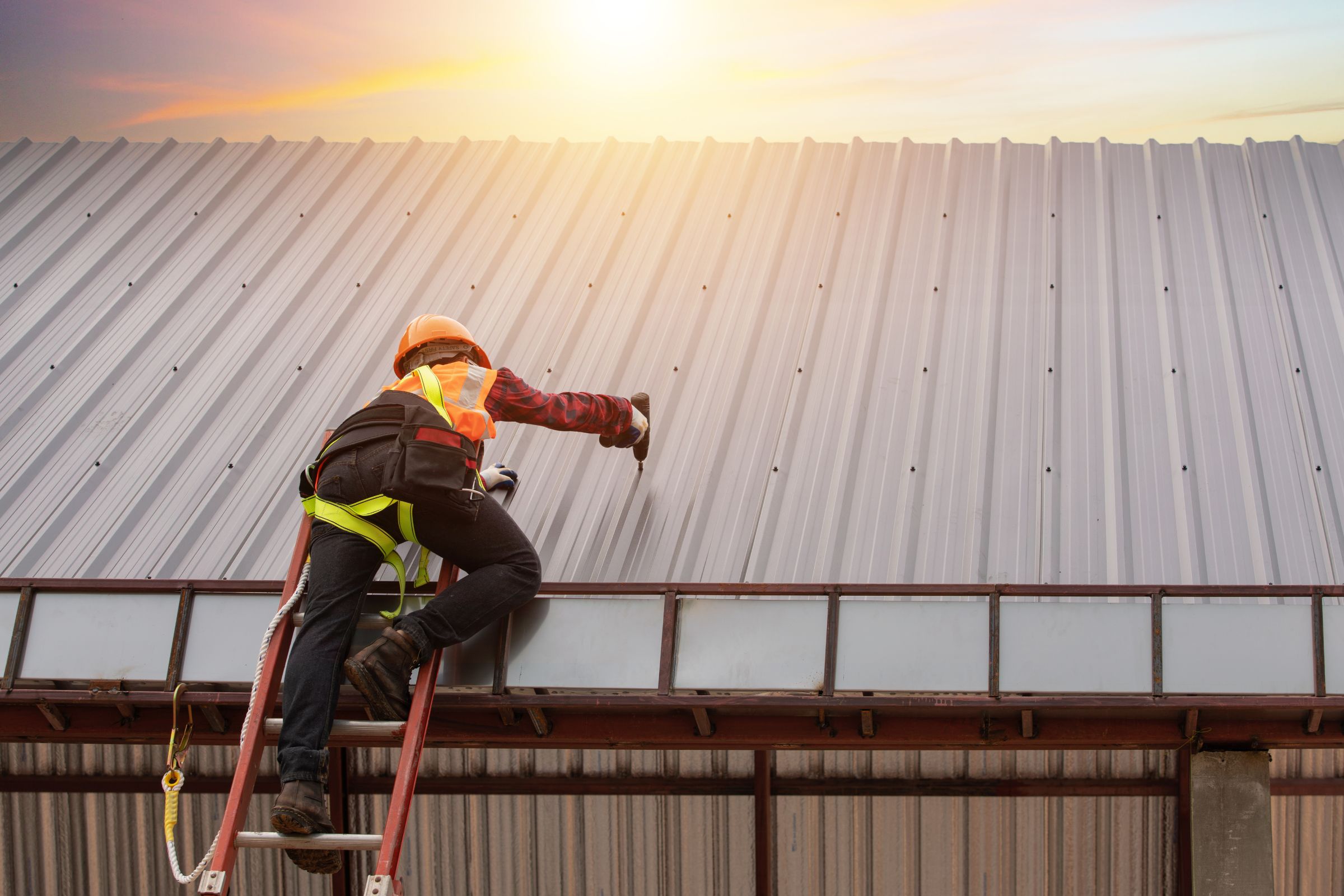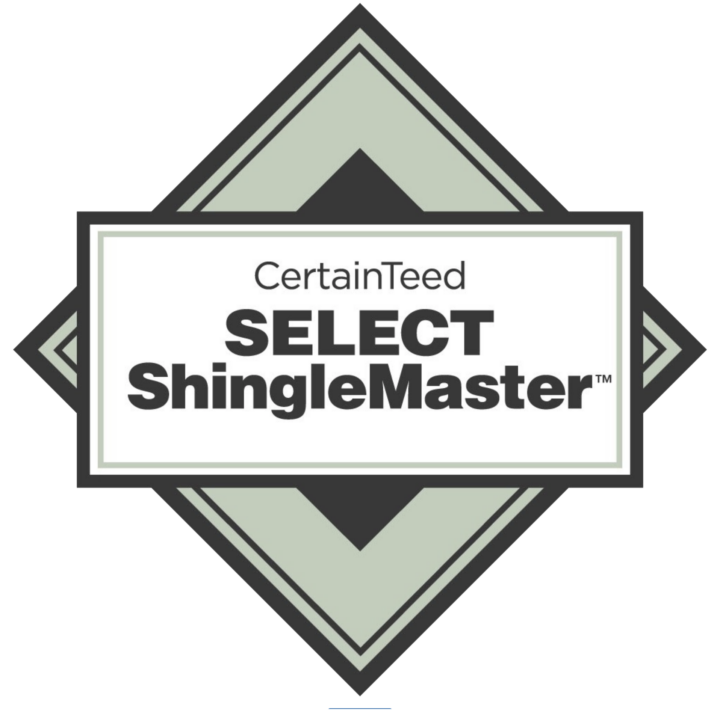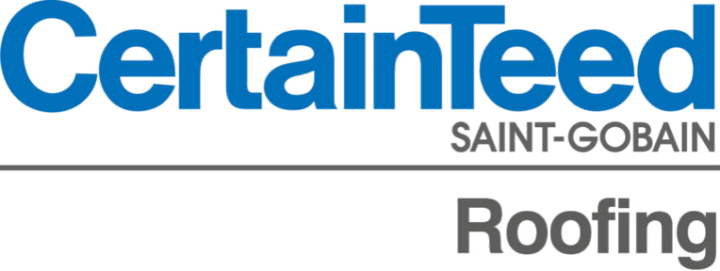When it comes to tin roofing installation and repair, Roofing By Carl’s is the name you can trust for both residential and commercial properties in New Jersey. With years of experience in the industry, we have perfected the art of tin roof installation and repair to provide our customers with the utmost satisfaction.
As with any roofing material, tin roofs may encounter common repair issues over time. These may include loose or damaged tin sheets, rust or corrosion, and leaks. Our skilled technicians can efficiently address these issues, offering prompt repairs to restore the integrity and functionality of your tin roof.
Roofing By Carl’s is your trusted partner. Our team of experts is dedicated to providing top-quality tin roofing services for both residential and commercial properties in New Jersey, ensuring the longevity and performance of your tin roof.

